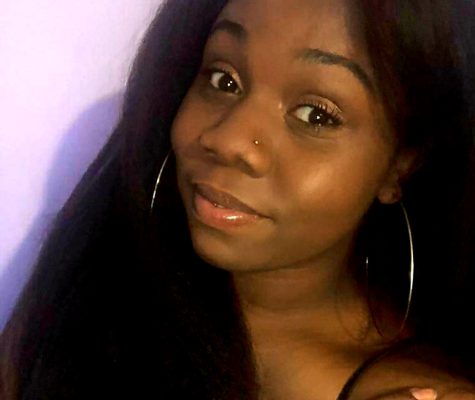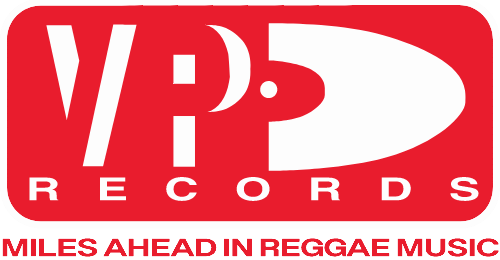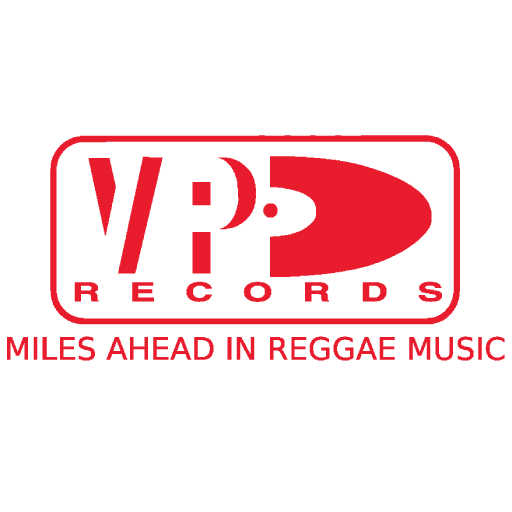
Nadine White is an award-winning, UK-based journalist with passion for Reggae and Dancehall. She began her career as a journalist for The Voice newspaper, the Weekly Gleaner UK, and for the HuffingtonPost between 2018 and 2021, leading coverage around race, before joining The Independent as the newspaper’s Race Correspondent.
In 2021, Nadine was included by Forbes magazine on their annual 30 Under 30 list of “young visionary leaders brashly reinventing business and society.” That year, BBC Radio 1Xtra also added Nadine to their Future Figures list as one of 29 individuals, groups, and organisations from across the United Kingdom who are “Making Black History Now”
Her debut documentary, Barrel Children: The Families Windrush Left Behind will be screening at UK cinemas and community hubs from Saturday 24 June 2023.
We sat down with Nadine for a Q&A ….
VP: Tell us about your new film Barrel Children: The Families Windrush Left Behind?
NW: Barrel Children: The Families Windrush Left Behind peels back the layered tales of Caribbean youngsters who grew up away from their parents before migrating to join them in Britain.
The Windrush story has come into painfully sharp focus in recent years but what is less well-known is the story of the children of these pioneers whose parents left to rebuild Britain – and they only knew of through the ‘barrel’ care packages, parcels and postal orders sent back.
These are the children’s stories of reconciliation and rediscovery within a new world that made little sense to them. Celebrated figures such as reggae producer/sound system operative Blacker Dread, media mogul Neil Kenlock and journalist Evadney Campbell feature in the film, plus more. It’s a passion project that was largely self-funded, aided by donations from community well-wishers, and took five years to complete.
VP: What or who inspired you to tell this story?
NW: My late father, Dereck White, inspired me to tell these stories. During our childhood years, Daddy would regale my older brother and I with stories of his upbringing in Jamaica under the care of his beloved grandmother, Ms Georgie, and how he left for England in the 1970s, where he was reunited with his mum and dad (my grandparents).
As the years progressed, it became evident that this was a common experience for many children during the Windrush era and the impact of this phenomenon was felt in various ways across different generations.
VP: What do you think is the biggest legacy of the Windrush generation for future generations?
NW: I’m a proud third-generation descendant of the Windrush generation. Those generations’ resilient spirit, inherited from our African ancestors, and passed along through the generations is the biggest legacy. That propels us forward, in spite of, and will continue to stand the test of time.
VP: You’ve created a Windrush 75 playlist with Greensleeves Records, do you have a top three tracks?
NW: As someone who’s obsessed with reggae music, it’s hard to choose just three! However, the following anthems – all featured on Greensleeves LPs – are infused with magic and reflect elements of our Windrush spirit:
1) Shaggy: Oh Carolina (1993) A modern take on an old classic
2) Deborah Glasgow: Knight in Shining Armour (1988) Sweet vocals from a Windrush daughter
3) Freddie McGregor: This Carry Go Bring Come (1993) Lessons to last a lifetime!


